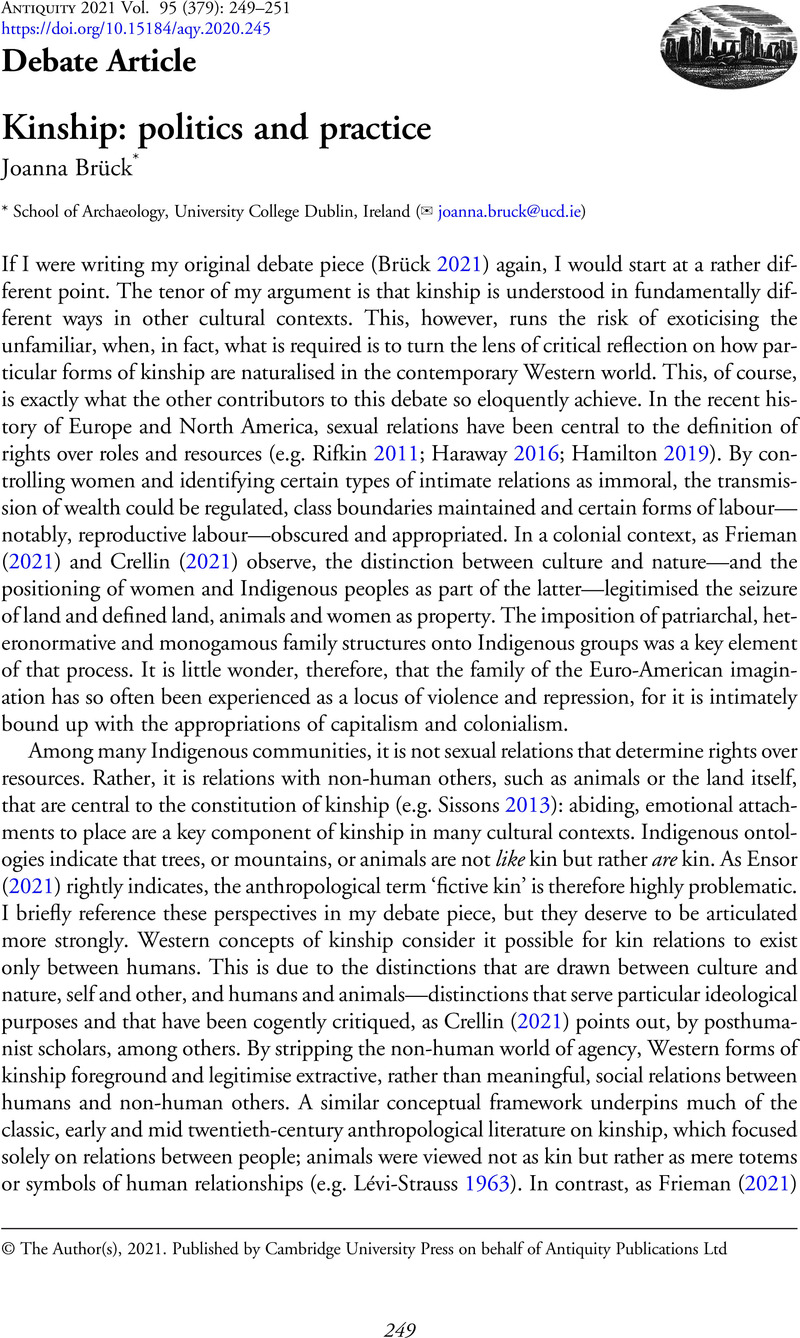Crossref Citations
This article has been cited by the following publications. This list is generated based on data provided by Crossref.
Pope, Rachel
2022.
Re-approaching Celts: Origins, Society, and Social Change.
Journal of Archaeological Research,
Vol. 30,
Issue. 1,
p.
1.
Furholt, Martin
2023.
Narratives, Concepts and Data: The Relevance of Franz Boas’s Research Perspective for European Archaeology.
EAZ – Ethnographisch-Archaeologische Zeitschrift,
Vol. 57,
Issue. 1,
Figueiro, Gonzalo
2024.
Simulating the effects of kinship and postmarital residence patterns on mitochondrial DNA diversity in mortuary contexts.
American Journal of Biological Anthropology,





